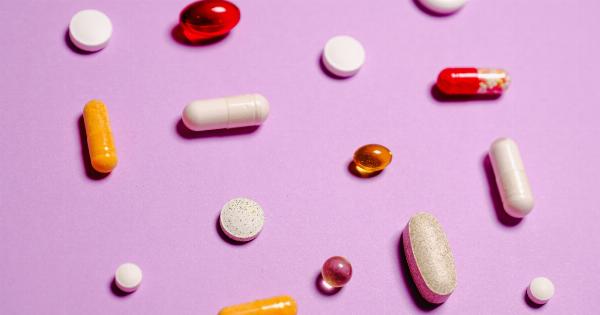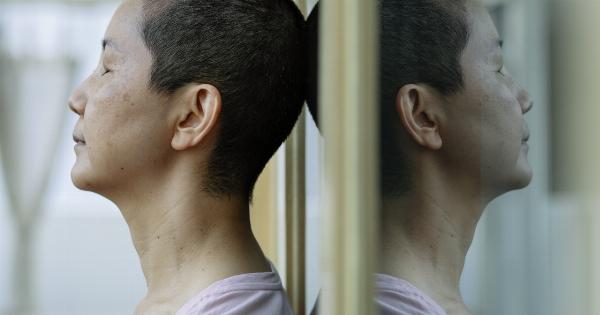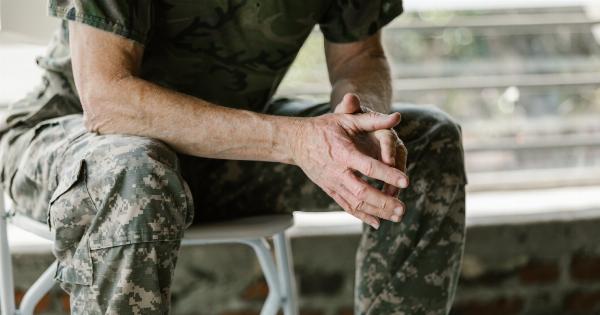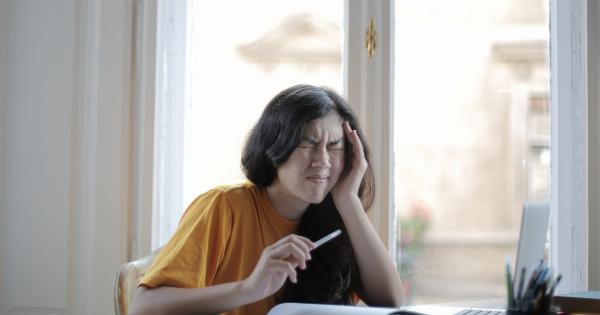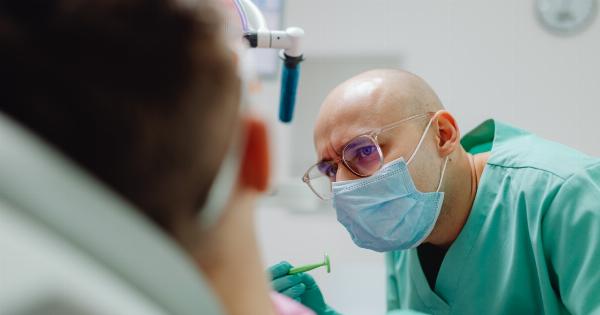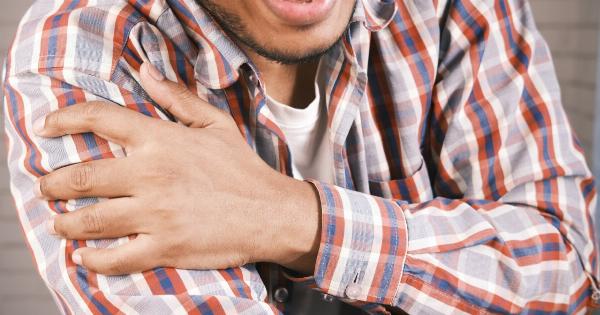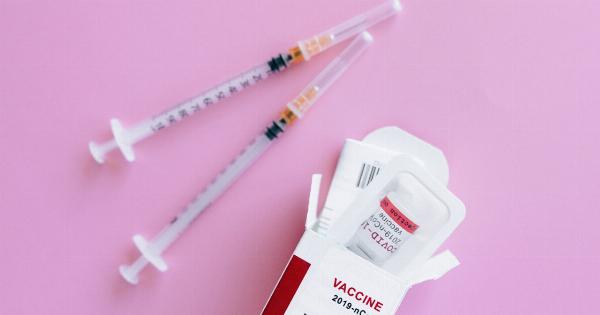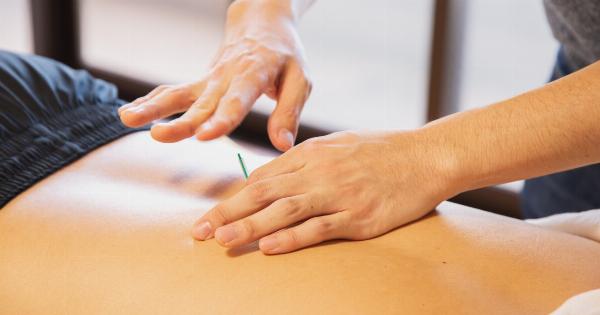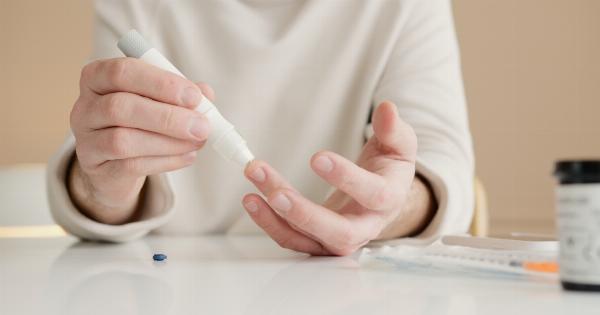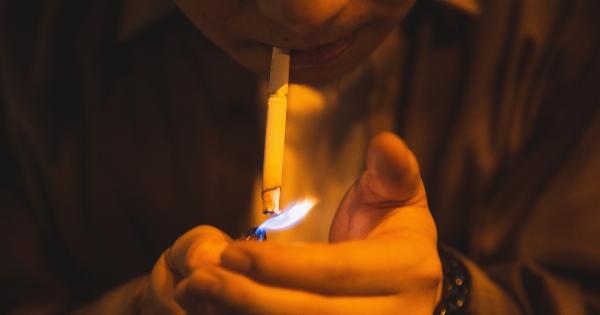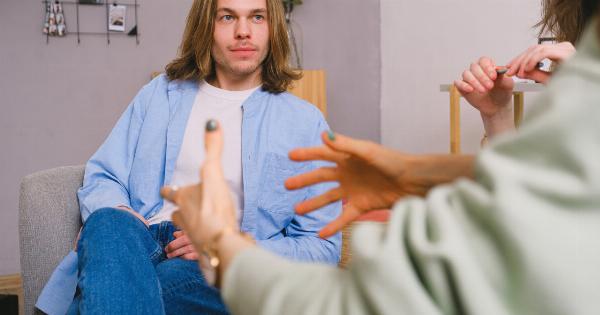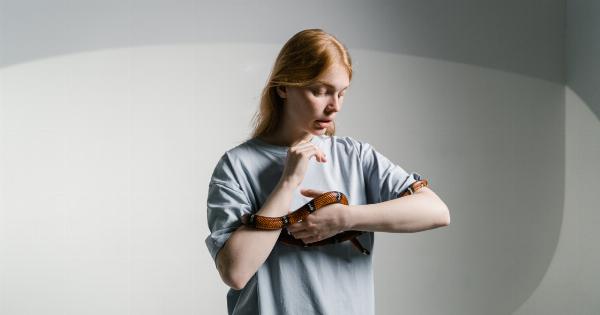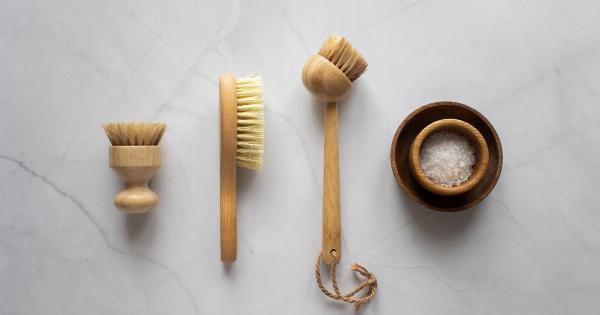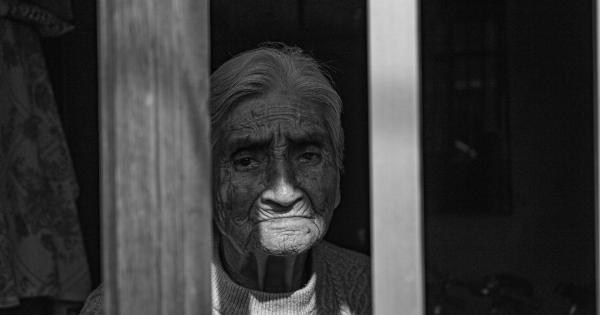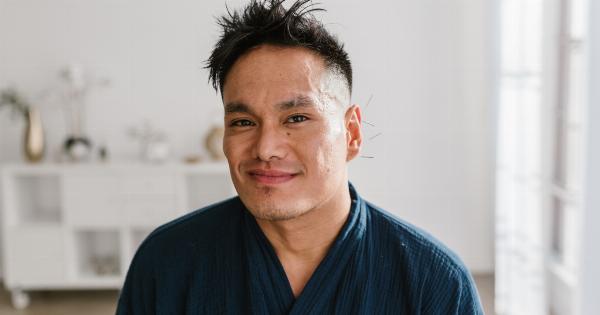Men and women experience pain differently. Women are more likely to experience chronic pain, and their pain is more intense, more frequent, and longer-lasting than men’s pain.
Studies have consistently shown that women are more sensitive to pain than men, and they are more likely to develop chronic pain conditions such as fibromyalgia, migraines, and irritable bowel syndrome.
The Biological Basis of Pain
Pain is a complex phenomenon that involves both biological and psychological factors. Biological factors include the nervous system, the brain, and hormones.
Pain receptors in the body, called nociceptors, respond to mechanical, thermal, and chemical stimuli and send signals to the spinal cord and brain. The brain then interprets these signals and generates the subjective experience of pain.
Hormones and Pain
Hormones, especially sex hormones such as estrogen and testosterone, play a significant role in pain perception.
Estrogen, for example, can increase pain sensitivity by amplifying the activity of nociceptors and reducing the activity of pain-inhibiting neurons in the brain. Testosterone, on the other hand, can reduce pain sensitivity by increasing the activity of pain-inhibiting neurons.
Brain Differences in Pain Processing
Neuroimaging studies have shown that men and women have different patterns of brain activation in response to pain.
Women tend to have more activity in the limbic system, which is involved in emotions such as fear and anxiety, while men tend to have more activity in the cortex, which is responsible for cognitive functions such as attention and decision-making. This difference in brain activation may partly explain why women are more likely to experience pain-related anxiety and depression than men.
Sociocultural Factors and Pain
Sociocultural factors such as gender roles and expectations, social support, and access to healthcare can also influence the experience of pain.
Women are often expected to bear pain and discomfort with stoicism and tend to seek medical help less often for their pain than men. Moreover, medical professionals may be more likely to dismiss women’s pain as psychosomatic or attribute it to hormonal fluctuations.
Implications for Pain Management
Understanding the gendered nature of pain can inform pain management strategies and improve outcomes for both men and women.
Medical professionals should take into account the biological and psychosocial factors that contribute to pain experience and adjust their treatments accordingly. Women may benefit from hormone-based therapies or cognitive-behavioral therapies that address anxiety and depression. Men may benefit from treatments that enhance cognitive control over pain, such as mindfulness-based interventions.
Conclusion
The gendered experience of pain is a complex and multifaceted phenomenon that involves biological, psychological, and sociocultural factors.
Women are more likely to experience chronic pain and more intense pain than men, partly due to the effects of sex hormones on pain sensitivity and brain processing. Understanding these gender differences can help develop more effective pain management strategies that take into account the unique needs and experiences of both men and women.


